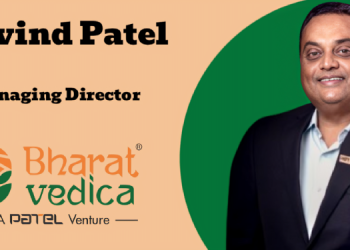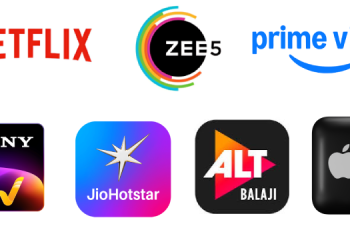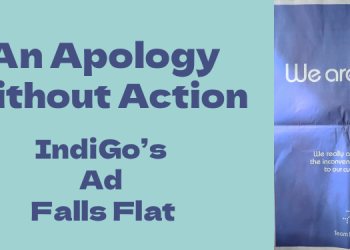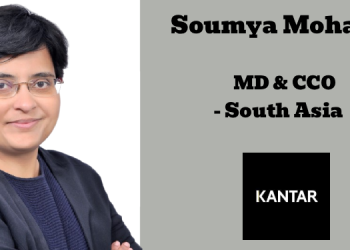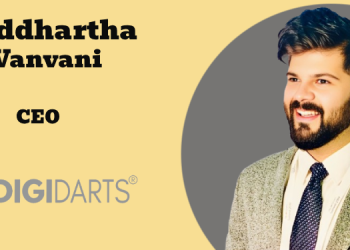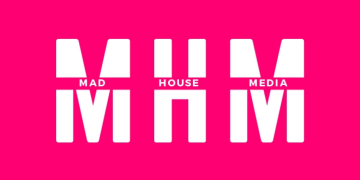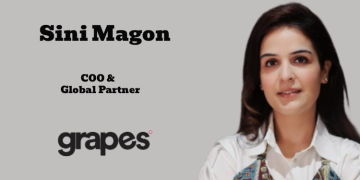“This site uses third-party cookies to provide and continually improve our services and to display advertisements according to users’ interests. (CTA buttons:) Accept, Deny, Customise” is something we encounter from time to time. This has resulted in a deeper awareness of cookie-related concerns among a wider audience, and has raised calls for a cookie-less future. But how urgent is this, and will 2023 be the year of it? My assumption is yes.
Not because third-party cookies will start phasing out by the end of 2023 but because preparing for a cookie-less world will be a top priority for marketers. It’s worth noting that even Google needed an extension of nearly two years on the deadline they set for themselves – from phasing out third-party cookies at the start of 2022 to the end of 2023. If Google realises it will take another two years, not just six months, to prepare for a cookie-free future, it should be a wake-up call for the rest of us and make sure we’re ready.
Are brands ready?
If you find yourself in a situation where you no longer have access to a certain type of data, the solution is simple: just get it from somewhere else. When it comes to a future without cookies, that means using first-party data instead of relying on third-party sources. However, first-party data won’t give us the same level of scalability, so we’ll have to come up with a new way to reach individual users across different platforms. This is called addressability. It’s all about being able to identify and connect with users no matter where they are.
To make this work in the future, we’ll need to find a balance between scale and quality by using a combination of different solutions, such as contextual, probabilistic, authenticated (aka universal) IDs, walled gardens, and most importantly, cohort-and browser-based targeting. The pseudonymous nature of cohorts means that user privacy is protected and respected, while still allowing advertisers to target. This is the land of bird-based acronyms, such as Google’s FLoC (Federated Learning of Cohorts) and FLEDGE (First Locally-Executed Decision over Groups Experiment), as well as offerings like SPARROW from Criteo and PARRROT from Magnite.
As a marketer, this shift to a cookie-less world means focusing on building a strong, consent-based first-party data asset, as well as figuring out new tools for reaching individual users across different platforms (aka addressability). It’s like quantum theory in that there isn’t just one reality, but multiple ones. And while it might be more complex, we’re creating a system that puts consumer privacy and trust first.
What won’t change:
- The importance of a brand’s creative expression
- The consistency of messaging across platforms
- The importance of context and relevance in messaging
- The use of personalisation using first-party data
- All other activities that focus on maximising the impact of advertisements through content, rather than targeting
(The author is Director – Business & Innovation, DViO Digital.)


